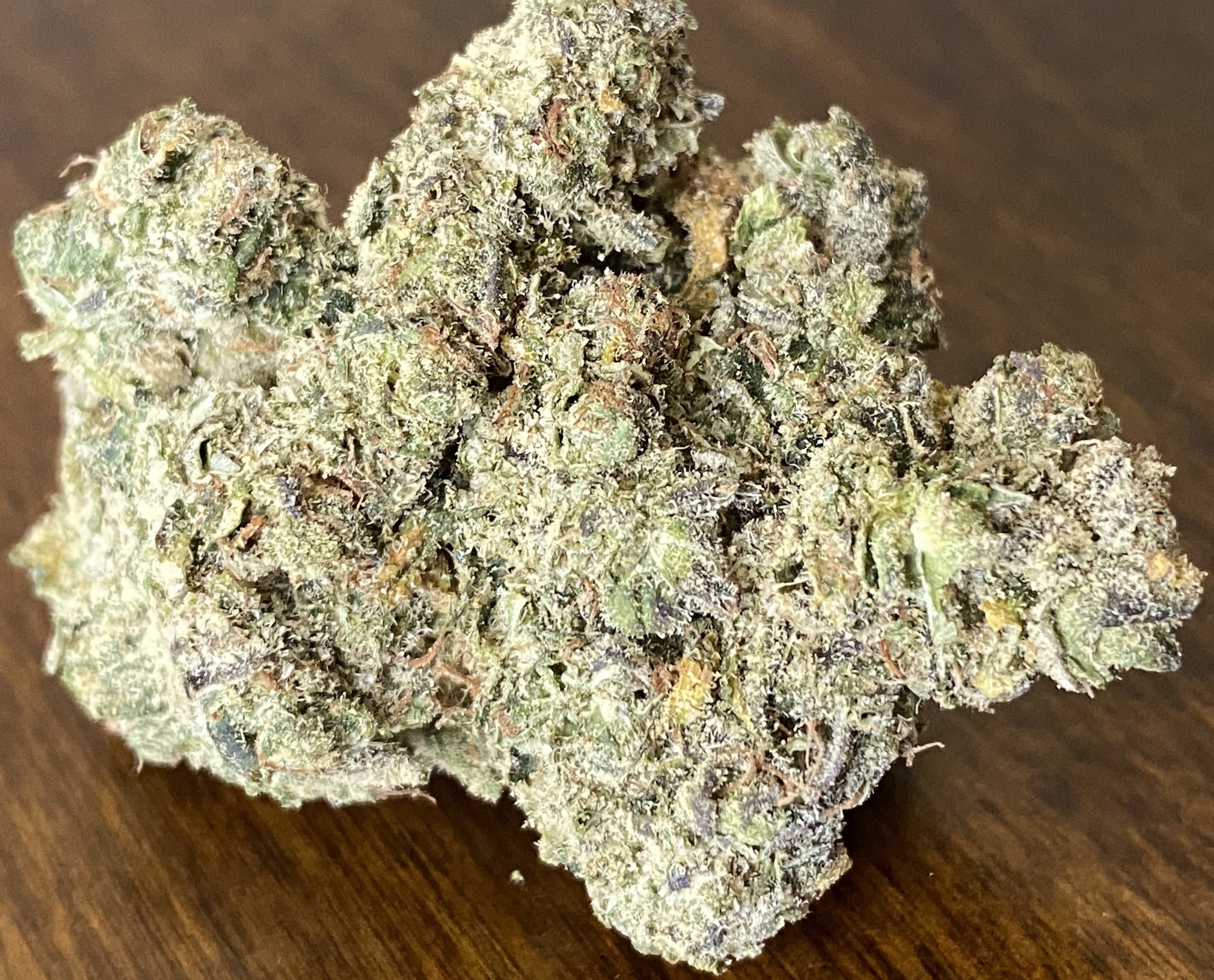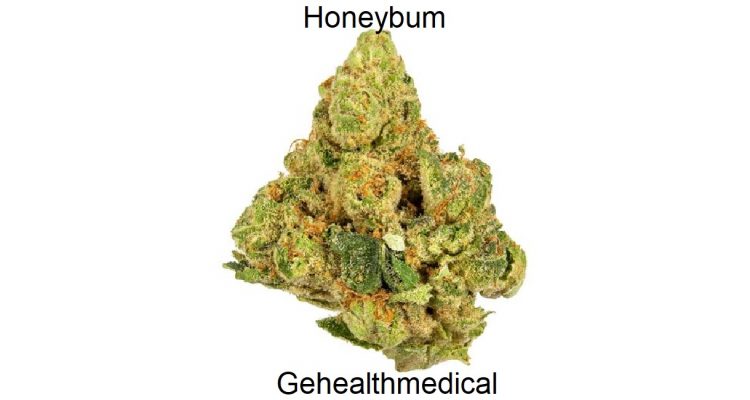Honey Bun, also known as “Cookies Honey Bun,” is an evenly balanced hybrid strain (50% indica/50% sativa) created through crossing the delicious Gelatti X Honey B strains. Known for its tasty flavor and super arousing high, Honey Bun is the perfect bud for any hybrid lover who appreciates a little fun with their medicine. This bud has a sweet and nutty flowery lavender and creamy bread flavor with a lightly spicy exhale.
Honeybum cannabis strain is a hybrid of the White Widow and Northern Lights strains. It has been said that honeybum marijuana strain will give you an intense cerebral high with a creative and euphoric body buzz, making it great for daytime use. If you are interested in growing honeybum marijuana strains, this article provides detailed instructions on how to grow honeybum cannabis plants indoors or outdoors!
You can find out about Fully Loaded Cannabis Strain here!

How to Grow Honeybum Cannabis Strain
Step by Step Instructions to Grow Honeybum Cannabis Plant:
- Start with a clean medium (soil, coco coir, or hydro) and fill the container about halfway.
- Add in your favorite nutrient mix which contains an N-P-K ratio of 20/20/0 for soil, 18/18/0 for coco coir, and 16/16/.03 for hydroponics – Note that these ratios are just guidelines; you should get nutrient recommendations from your supplier or research them yourself online. Ideally, you want something close to what is recommended but not exactly at those numbers because different strains might have higher requirements than others!
Tips for Growing Honeybum Cannabis Plant
- Allow the plant to root before transplanting it into a larger container or outdoors.
- Ensure that you are not overwatering your plants and check the soil for moisture content daily.
- Give plenty of light, but make sure to give them time to grow in the shade too! Keep an eye out for powdery mildew – if found, blast with some clean water from your hose. If it persists, apply neem oil mix (neem oil diluted 50% with organic sunflower seed oil).
- Give your plants room to grow and don’t let them get too leggy.
- Try not to give the plant any food that is heavy in nitrogen or sugar, as this may encourage flowering – if you do fertilize, use a diluted organic solution such as seaweed extract.
The first step here is selecting where you are going to place your new weed seeds before they sprout; some people might prefer planting directly outdoors while others might prefer to start their plants indoors. - If you are starting your seeds outdoors, make sure that the soil is free from any weeds as these will take away nutrients and space for your new weed seedlings to grow in.
- You should also dig a hole at least twice as deep but not too wide; this way the roots of the plant can spread out enough to get an even amount of sunlight during all parts of the day and discourage bacteria or fungi from growing on them. Fill up each pot with about two inches worth of loose dirt so you don’t have to transplant later on down the road, which could be harmful if it’s done prematurely due to being more susceptible to diseases than once established well.
- It’s also important to remember to water the plant generously, especially when it has just been transplanted.
- When deciding whether or not you want a male or female plant, know that males do produce more THC than females but can be harder and more difficult to grow because they need light; if you are going for quantity rather than quality, go ahead with getting a male cannabis seedling planted in your pot so long as there is enough space (about six feet) between plants. If you’re looking for high-quality weed seeds instead of just how many grams per square foot can come from each crop, get only female marijuana plants since they don’t produce pollen which might pollute other nearby crops.
Harvesting and Curing Your Plants
- When it’s time to harvest, water the plants less often and give them a lot more light so that they can produce high-quality THC.
- After harvesting your honeybun cannabis seeds, you should cure them for about two weeks before storing them in an airtight container; this will prevent any potential mold from forming on top of their surface and ruining all of your hard work!
- It is important to note that if you are trying to sell/distribute these buds or get rid of a large amount at once, trimming off excess leaves might be necessary because too much leaf matter (bud) can cause the weight per square foot yield numbers to go down significantly while also making it difficult for professional growers with scales when weighing the product.

Growing in Different Conditions
The honeybum cannabis strain is one of the rarest strains to find on a dispensary’s shelves, and it can command up to $300 an ounce for the quality stuff! Some growers will try their luck at growing this marijuana even if it doesn’t grow well in their region. Growing honeybum weed indoors or outdoors requires certain conditions that are conducive to its growth cycle. If you want your plants to produce buds with THC-rich sap, then be sure that you provide them with plenty of light exposure during vegetative stages and allow them enough time (about 14 hours) for darkness each day for the photosynthesis process to occur efficiently.
You can find out about Grand Blue: Cannanis Strain here!
For those who are growing honeybum cannabis outdoors, the most important thing to know is that it needs a Mediterranean climate. The plant requires warm days for its growth cycle to take place and cool nights where moisture can be collected from dew or fog. Hot humid summers may pose as too much of a stressor on the plant’s fragile roots so growers should harvest their crops while they’re young—during summer months when they have enough time before frost sets in. Honeybum plants grown indoors will typically require less sunlight than outdoor-grown plants because heat sources from indoor lighting intensify during periods of extreme temperatures outside; this also means that there might not need to be any ventilation at all!

